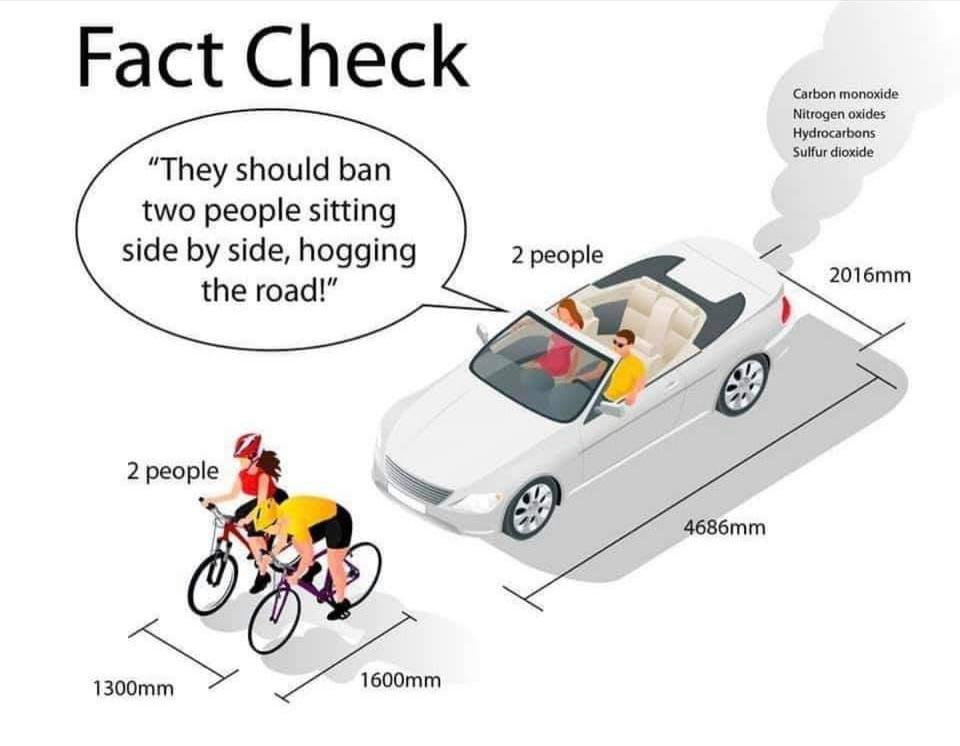Fuck Cars
A place to discuss problems of car centric infrastructure or how it hurts us all. Let's explore the bad world of Cars!
Rules
1. Be Civil
You may not agree on ideas, but please do not be needlessly rude or insulting to other people in this community.
2. No hate speech
Don't discriminate or disparage people on the basis of sex, gender, race, ethnicity, nationality, religion, or sexuality.
3. Don't harass people
Don't follow people you disagree with into multiple threads or into PMs to insult, disparage, or otherwise attack them. And certainly don't doxx any non-public figures.
4. Stay on topic
This community is about cars, their externalities in society, car-dependency, and solutions to these.
5. No reposts
Do not repost content that has already been posted in this community.
Moderator discretion will be used to judge reports with regard to the above rules.
Posting Guidelines
In the absence of a flair system on lemmy yet, let’s try to make it easier to scan through posts by type in here by using tags:
- [meta] for discussions/suggestions about this community itself
- [article] for news articles
- [blog] for any blog-style content
- [video] for video resources
- [academic] for academic studies and sources
- [discussion] for text post questions, rants, and/or discussions
- [meme] for memes
- [image] for any non-meme images
- [misc] for anything that doesn’t fall cleanly into any of the other categories
Recommended communities:
view the rest of the comments

Canada is kind of split on between urban and rural it seems. The major Canadian cities are all investing tons of money into public transportation with mostly positive reception, but as soon as you get out of the metro area it's basically hillbilly truck country.
Even small rural towns can be designed to very walkable and less car centric.
Exactly, but not in Canada because we don't want to for whatever reason. Ironic thing is that public transport takes up a lot less physical space for infrastructure than freeway of similar capacity with interchanges, so public transportation actually protects farmers from having their livelihood encroached on by highway development. Two tracks and a station not much larger than the average barn leaves way more arable land than a 6-lane looping highway interchange, not to mention rail infrastructure is way narrower than a similar capacity road to begin with.
Actually, Canada used to have pretty good rural rail transport pre WWII, on par with rural Europe in the same time period. Passenger and freight trains used the same tracks without issue before the rise of precision scheduled railroading (which was implemented purely to save costs and gives lower quality freight service than the conventional system). You can thank CN and CP for being openly hostile to passenger rail nowadays.